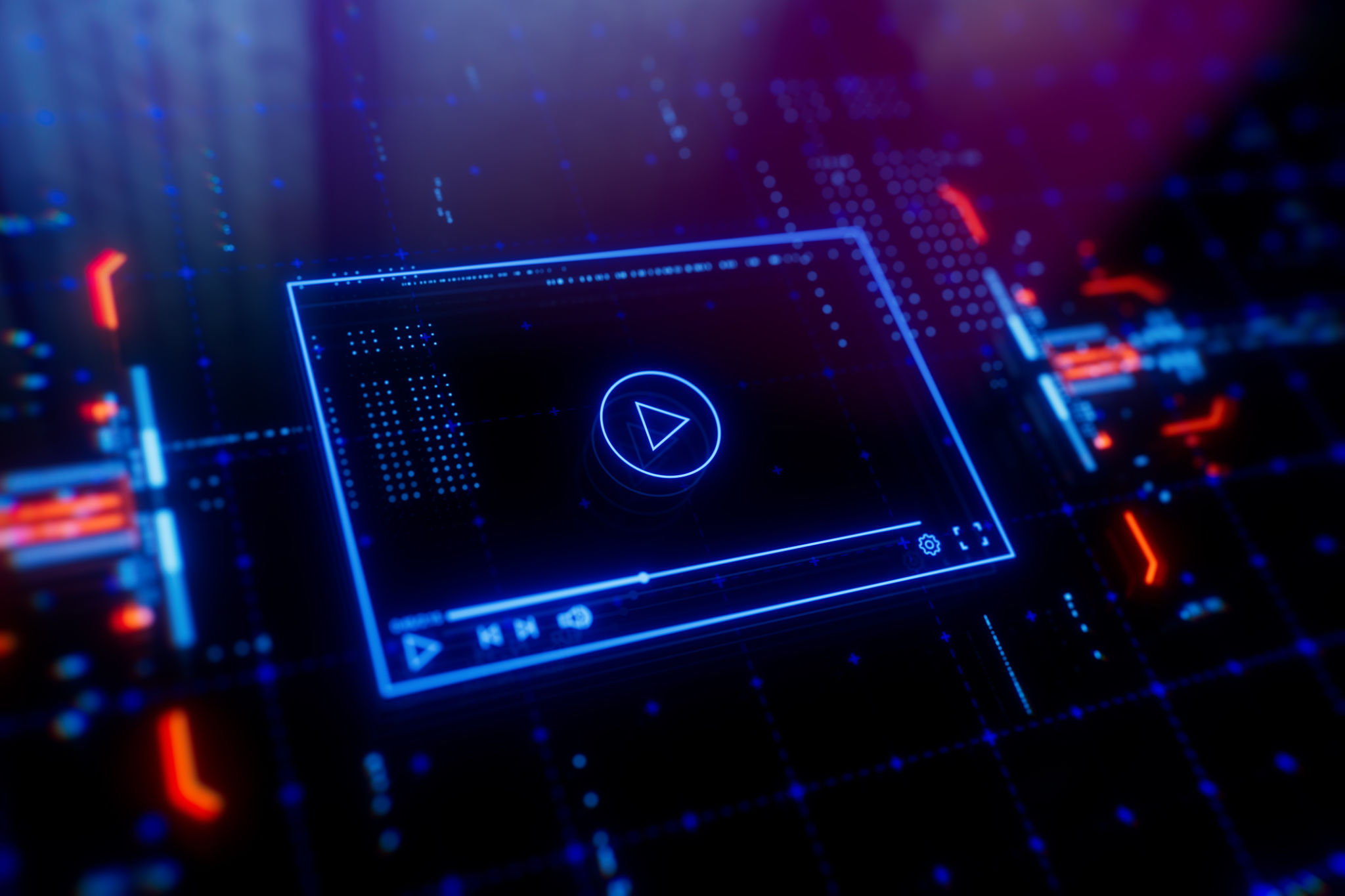Behind the Scenes: Creating Animated NFTs from Children's Drawings
Introduction to Animated NFTs
In the rapidly evolving world of digital art, NFTs (Non-Fungible Tokens) have revolutionized the way art is created, bought, and sold. Among the most intriguing developments is the transformation of children's drawings into animated NFTs. This process combines the innocence and creativity of childhood with cutting-edge technology, resulting in unique digital assets.
But what goes on behind the scenes? How do these delightful pieces of art come to life in the digital realm? Let's explore the fascinating journey of creating animated NFTs from children's drawings.

The Initial Creation: Children's Imagination
Everything begins with the raw, uninhibited creativity of children. Kids express their imaginations through drawings filled with vibrant colors, whimsical characters, and fantastical worlds. These drawings form the foundation for the animated NFT project.
Parents and educators often play a crucial role in curating these artworks, selecting pieces that hold special meaning or display unique artistic flair. This selection process is essential in ensuring that the final NFT captures the essence of a child's imagination.
Digitizing and Enhancing the Artwork
Once a drawing is chosen, the next step is digitization. High-resolution scans or photographs are taken of the original artwork, ensuring every detail is preserved. These digital files serve as a canvas for further enhancement and animation.
Professional digital artists then enter the scene. They use software to clean up any imperfections, enhance colors, and prepare the drawing for animation. It's crucial to maintain the integrity of the child's original vision during this process, ensuring that the final product remains true to its source.

The Animation Process
With the artwork digitized and enhanced, animators begin their work. Using advanced software, they breathe life into static images. Characters might dance, landscapes may shift, and colors can change dynamically, creating an engaging visual experience.
This stage involves a delicate balance between artistic interpretation and fidelity to the original drawing. Animators must harness their creativity while respecting the simplicity and charm of a child's vision.
Tools and Techniques
- Animation Software: Tools like Adobe After Effects or Blender are commonly used to animate the artwork.
- Layering Techniques: Layers are used to separate different elements of the drawing for more dynamic movement.
- Color Enhancements: Adjusting hues and saturation can add depth and vibrancy to the final piece.

Minting and Marketplaces
Once the animation is complete, it's time to mint the NFT. Minting involves creating a token on a blockchain that represents ownership of the digital artwork. Platforms like Ethereum or Solana are popular choices for this step due to their established infrastructure for NFTs.
After minting, these animated NFTs are often listed on popular marketplaces such as OpenSea or Rarible. Here, collectors can purchase them, providing both financial support and encouragement for young artists.
The Impact on Children and Collectors
The creation of animated NFTs from children's drawings is not just about producing digital art; it's about empowering young creators. Children gain a sense of pride knowing their work is valued in a new and exciting way. This experience can spark a lifelong interest in art and technology.
For collectors, owning such NFTs is more than a financial investment—it's an opportunity to support budding artists and partake in a unique creative journey. These pieces often come with stories that add personal value beyond their digital existence.
Conclusion
The process of transforming children's drawings into animated NFTs is a captivating blend of creativity, technology, and innovation. It offers a glimpse into a future where art transcends traditional boundaries, empowering young artists and captivating collectors worldwide.
As we continue to explore this fascinating intersection of art and technology, one thing remains clear: children's imagination knows no bounds, and with NFTs, neither does their reach.